15 Key Triathlon Definitions
In this insightful piece the club secretary unravels the mysteries of some of the most baffling triathlon terminology for novices
1. Transition
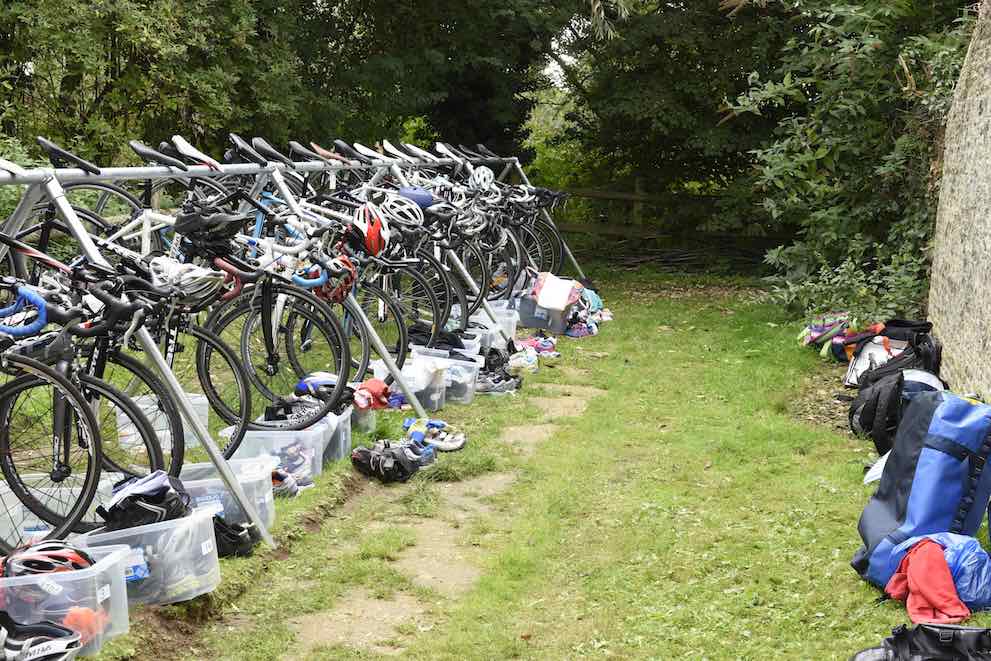
A place of panic, fear, metal and grease where you store your kit during a race. Also a place where experienced athletes prey on novices, persuading them to do foul deeds like down 10 gels before the race. Sometimes you will be allocated a spot in transition according to your race number, while other times it may be a free for all: the key is to remember where your spot is to avoid being unable to find your gear! The only thing worse than the run at the end of a triathlon is the run at the end of a triathlon in cleats. It’s happened to the best of us. One chap at Blenheim Palace Triathlon couldn’t find his space, so dumped his bike and ran barefoot.
2. T1/T2
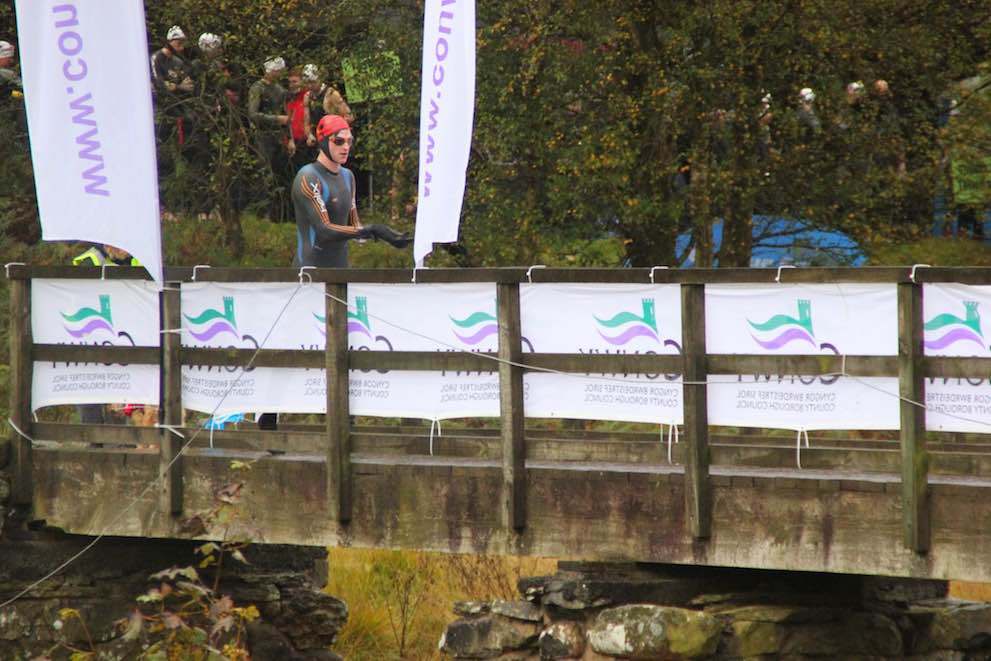
The period between the swim and bike / bike and run legs where you change from one kit to the next: In transition 1 (T1) you will take off your wetsuit, don your cycle shoes and helmet, and hop on your steed; in transition 2 (T2) you rack your bike, take off your helmet and cycle shoes and don your run kit. This is all part of the race and you will receive a time for it. Fairly embarrassing if these are lengthy and you may be the subject of questions as to what exactly you were up to. Definitely not a time to have a full rub down, cheese sandwich and soul-searching as to why you’re even doing any of this.
3. Race Box/Bag

This is the box or bag in which you store your race kit, and which you take with you into transition. A large, hard-bottomed supermarket bag does the trick nicely for those on a budget. Usually the contents is restricted to the essential items only – taking a full pack of Maryland cookies, for instance, would be considered unwise and cause distraction during the race.
4. Race Belt

An elasticated belt you use to attach your race numbers to yourself. Preferable to safety pins due to less faff and the ability to twist the belt round during the race, allowing the number (typically you are issued one) to show on the back during the ride and the front during the run. These are sometimes supplied in your race pack – worth checking before purchasing though they typically coset £5 or so.
5. The Inky Black
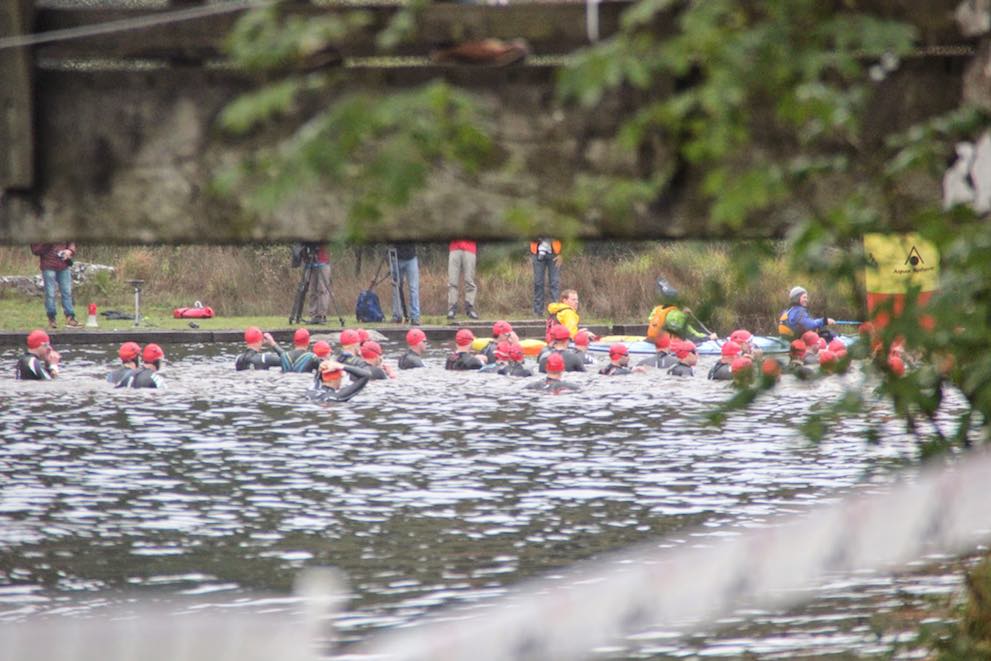
A term often assigned to the water of the swim. As in the phrase ‘One gel before the swim; the inky black – I slither in’. It refers to the poor visibility therein as well as the sense of despair that a cold, Welsh lake can give rise to.
6. Aero

As in the phrase ‘Oh man you were so aero out there’. Short for aerodynamic. Obviously. Not to be confused with ‘an aero’ – a minty fresh slab of chocolate. As in the phrase: ‘Do you have an aero mate?’
7. Drafting
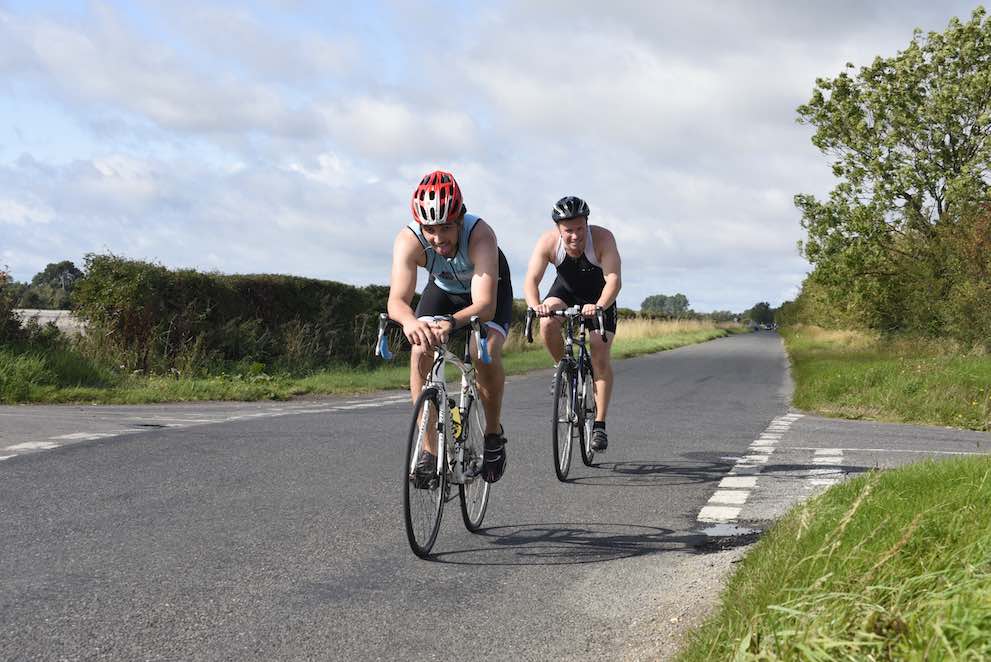
Forbidden in most amateur races, this is the practice of cycling close behind another cyclist and reaping the benefits of their slipstream before overtaking them just at the end. If caught blatantly drafting, time penalties are often issued. Often you can’t help but cycle close to other riders in a race due to congestion so don’t be too worried if you find yourself in a pack. But best to avoid blatantly doing it if you can!
8. Gel
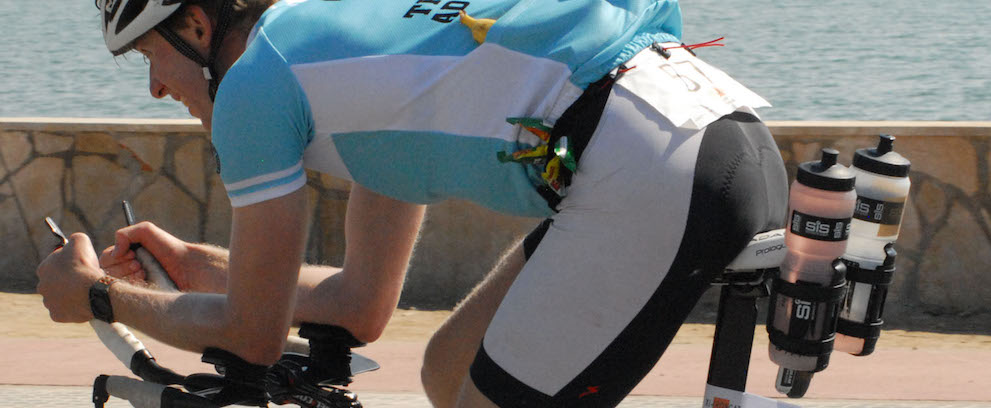
As in the phrase 'knocking back a quick gel'. Refers to the practice of consuming tubes of sugar-filled, easily-digestible gel for a quick boost to the limbs and ensured destruction to the bowels after the race. Seasoned athletes look out for novices in transition before a race and may try and trick you into rubbing them on your ankles as lubricant (and thereby depriving you of them when you really need it later).
9. Bonk
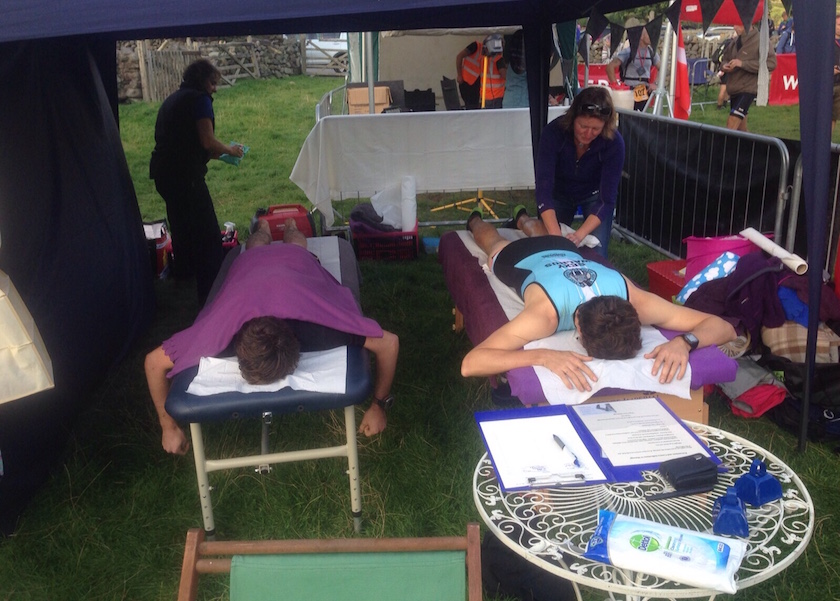
Not what you think. Refers to a total and utter failure of the mechanical systems of the body, during which one’s legs turn to jelly and one’s mental state suffers a complete breakdown. Sometimes remedied by knocking a quick gel back, though only temporarily. Beware people who use this phrase lightly– a real bonk is hell and the term should not be used lightly.
10. Gooch Cream
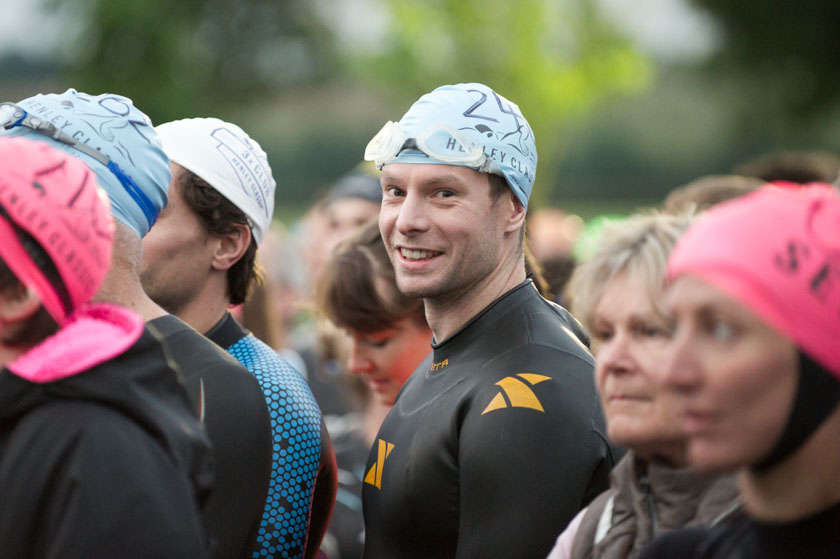
Cream for the gooch area and other bodily crevices to prevent chaffing and allow swift removal of the wetsuit. Vital. Vaseline will do though some claim it may degrade your wetsuit or any inner linings. That said I’ve used Vaseline for years and have yet to notice any ill effects.
11. Trisuit
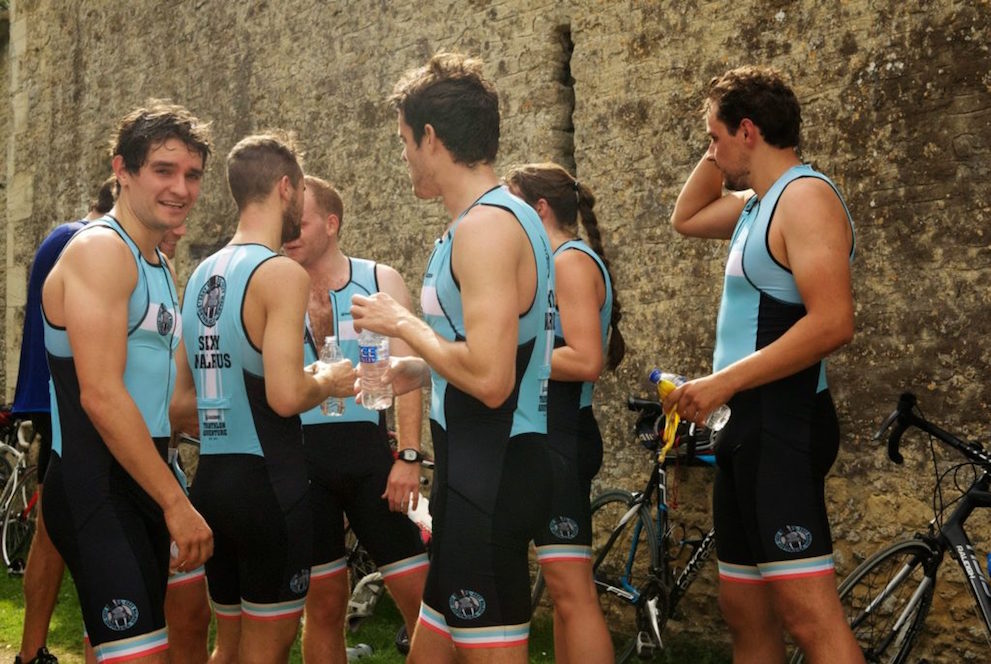
A lycra onesie that clings tightly to the skin while allowing free movement. Can be worn under a wetsuit or on its own for the swim. Preferable to a combination of shorts/cycle top due to a reduction in weight, increase in aerodynamics and reduction in the risk of your bottoms being pulled down along with your wetsuit after the swim.
12. Open Water Freakout
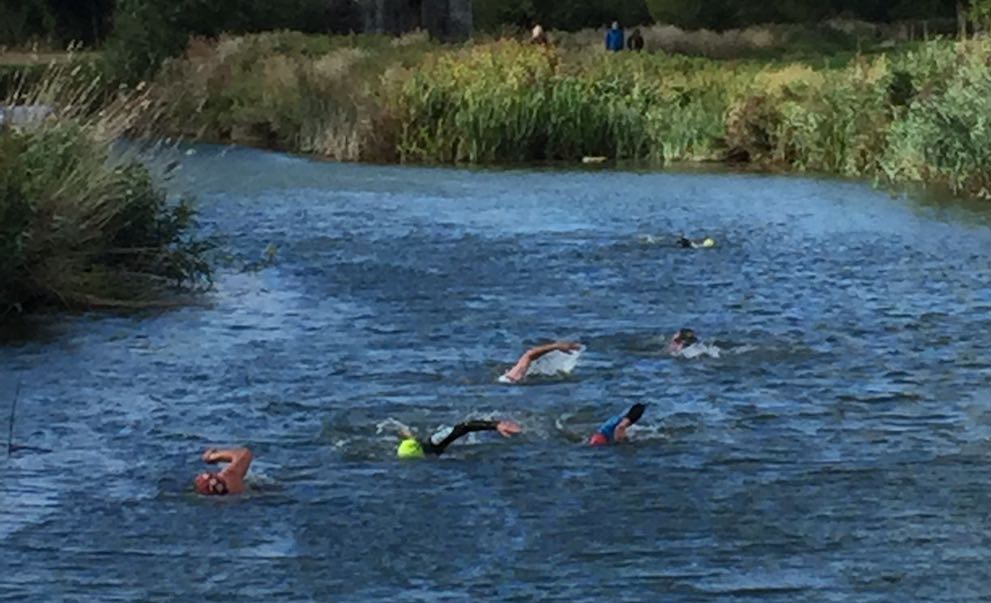
Refers to an involuntary and irresistible panic attack that may occur when swimming in open water (a lake/river/the sea, as opposed to a pool). Often induced by the murkiness of the water, the cold temperatures, the constriction of a wetsuit, the lack of a ‘bottom’, weed, and the near certainty that inevitably comes to mind of a large, as yet undiscovered carnivorous beast swimming directly underneath you. Its effects can be reduced by slowing down briefly and trying breaststroke, though equally this has been known to compound the issue.
13. Miles in the Legs
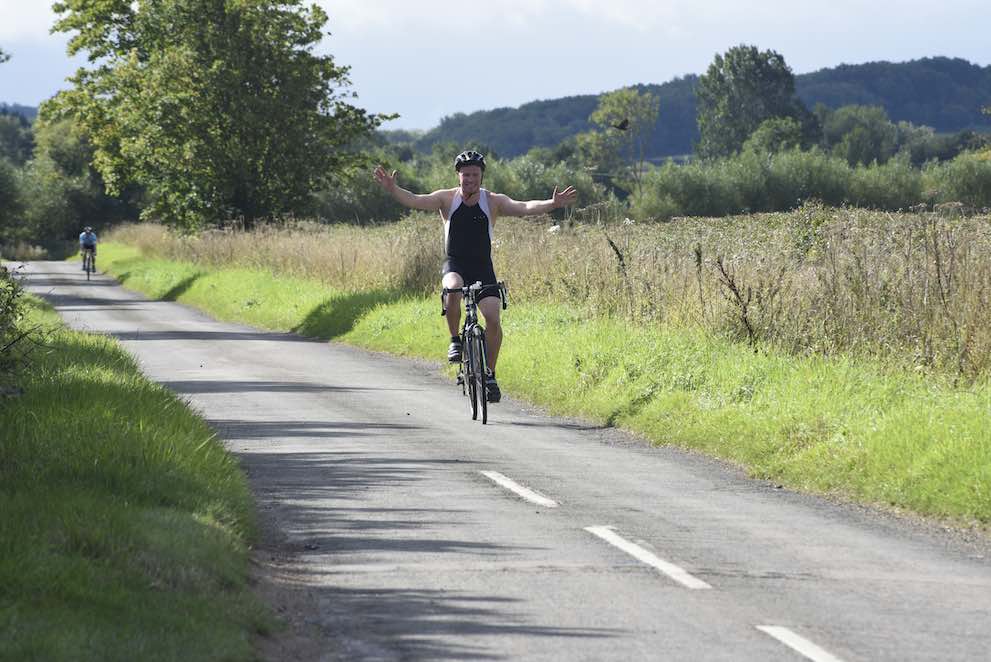
You will often hear people talking of how many miles are in their legs. Not a codeword for a banned substance, it actually refers to how much training they have been doing. Also an easy get out clause for a poor performance: ‘Just not enough miles in the legs lately’ = ‘I haven’t done any training whatsoever’.
14. Flappy Jacket

A type of tight-fitting but breathable waterproof jacket, prone to catching in the wind if not fully fastened (hence the epithet ‘flappy’). Stuffable into a back pocket, this is an essential item to take on longer rides. See here for more information.
15. Tri Bars

Not edible. These attach to the front of your bike and enable you to cycle in a more aero position (see ‘aero’ above).
